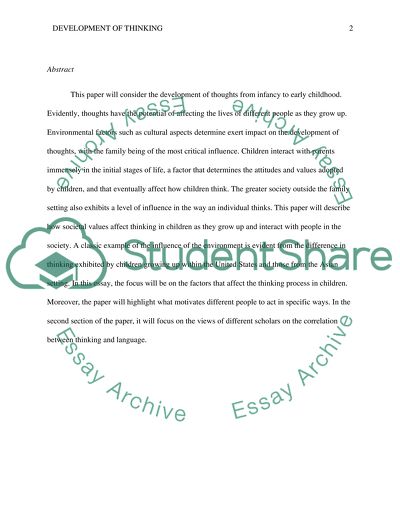Cite this document
(“Development of the Different Thinking Research Paper”, n.d.)
Development of the Different Thinking Research Paper. Retrieved from https://studentshare.org/philosophy/1494494-development-of-the-different-thinking
Development of the Different Thinking Research Paper. Retrieved from https://studentshare.org/philosophy/1494494-development-of-the-different-thinking
(Development of the Different Thinking Research Paper)
Development of the Different Thinking Research Paper. https://studentshare.org/philosophy/1494494-development-of-the-different-thinking.
Development of the Different Thinking Research Paper. https://studentshare.org/philosophy/1494494-development-of-the-different-thinking.
“Development of the Different Thinking Research Paper”, n.d. https://studentshare.org/philosophy/1494494-development-of-the-different-thinking.


